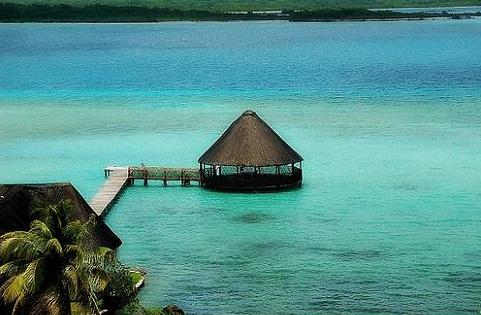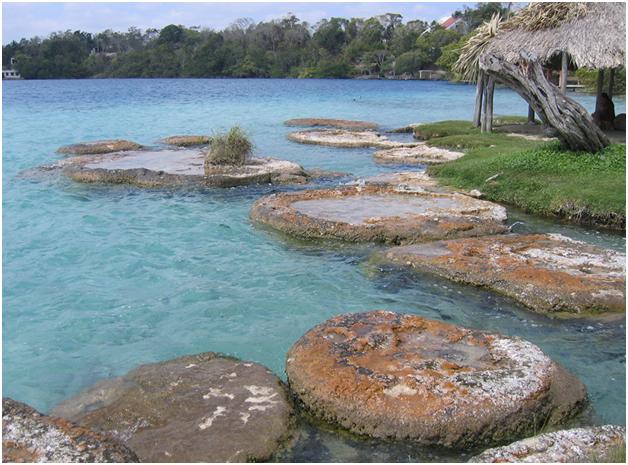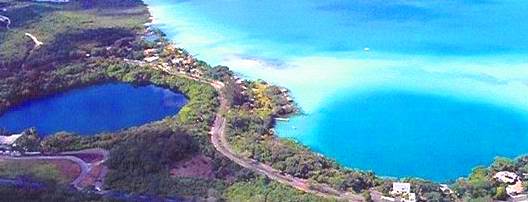 | ||||
International Stromatolite Symposium
January 13 and 14, 2012
Laguna Bacalar
Southern Yucatan Peninsula
Bacalar, Mexico
Co-sponsored by
LagunaBacalar.org
Dedicated to Conserving Pristine Laguna Bacalar
a non-profit 501(c)3
Laguna Bacalar is one of the unique, world class freshwater lakes on Earth. Its treasures are not found in any other lake. Its living giant microbialites are the some of the largest in the world at over 10 km long and taller than 3 meters (Gischler, Gibson, and Oschmann 2008. “Giant Holocene Freshwater Microbialites, Laguna Bacalar, Quintana Roo, Mexico” (Sedimentology, 55(5): 1293-1309). Their formation supports many hectares of mangroves and vegetative growth in the southern end of the laguna. The southern Rio Chaac, or "Rapids" as it is known locally, offers an opportunity for participants to view (float, snorkel, or dive) the enormous undercuts of the giant stromatolites.
One of the unique members of the Laguna Bacalar community is the living Giant Stromatolites that represent the earliest life form discovered on Earth. The Laguna’s biogeochemistry has allowed these life forms to flourish in both number and exceptional size. A physical feature is the submarine cenotes (beneath the lake’s surface) that are thought to be the most extensive of any in the world. Ecologically, Laguna Bacalar is a leading indicator of the ecological health of the region and is home to numerous marine species that have adapted to freshwater. Moreover, these microbialites may be the largest known organismal colony on Earth.
Gischler, Gibson, and Oschmann 2008
Gischler, Gibson, and Oschmann 2008
Enormous microbialites of the Rio Chaac "rapids"
One very important aspect of the potential overpopulation by the black striped mussel is that they possess a great threat to the living stromatolites. Should Laguna Bacalar reach high nutrient levels, the mussels will overgrow and kill the stromatolites. Most of the stromatolites already have the mussels on them currently; however, the stromatolite growth is faster than the mussel population growth. The mussels are in fact buried alive by rapid stromatolite growth. It is known that the mussels remain alive when buried to a depth of 2 cm within the living stromatolites – this is a previously unknown symbiotic relationship prior to its discovery in 2011 by Kaster
Submerged Cenote
Cenote Azul
Laguna Bacalar
Conveners
Dr. Jerry "River" Kaster, School for Freshwater Sciences,
University of Wisconsin-Milwaukee
Dra. Luisa I Falcón, Instituto de Ecología,
Universidad Nacional Autónoma de México
Prof. Martin Maas, Laboratorio de usos multiples del COBACH 

 Bacalar
Bacalar
Dr. Carmen Aguilar, School for Freshwater Sciences,
University of Wisconsin-Milwaukee
Please join us for the International Stromatolite Symposium
Video by Klump/Kaster
It's easy to forget that Laguna Bacalar is a freshwater lake. These colors represent a unique biogeochemistry
Call for Presentations
Mexico's 2nd largest natural lake










